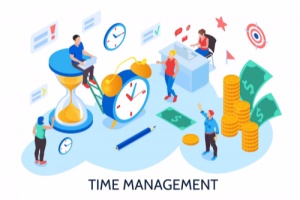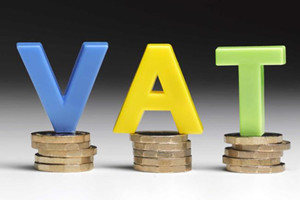Dunham and Pierce’s Leadership Process Model
As a leader, every action you take has consequences, but with everything constantly in flux, how can you be sure that your decisions have the desired outcome?
The Leadership Process Model designed by business professors, Randall Dunham and Jon Pierce, shows how four different aspects of leadership interact and impact your success or your failure. These are the Leader, that is the person who takes charge and sets direction for the group or team.
Their Followers, these are the people who follow the leader’s direction on tasks and projects, the Context or situation where the work happens. This could range from a normal workday to an emergency project. It could also include things like the environment and resources.
The Outcomes or results of the leadership process. These might include organizational goals like developing a product, or more personal ones, like building team trust.
In the diagram, you can see that all four elements are connected. For example, the leader, their followers, and the context affect the outcomes and vice versa. In other words, negative actions will likely have a negative impact on future performance, while positive actions will likely improve it.
The model highlights a fundamental element of leadership. It’s dynamic and constantly changing. This means flexibility is key to maintaining positive relationships and driving performance. But what else can you do to ensure a positive outcome?
According to Dunham and Pierce, the first is to give good feedback on a regular basis. This ultimately influences the context and improves outcomes and will keep your team on the right track.
Next, be aware of actions and reactions. Whatever you do as a leader, it affects your followers. A few thoughtless words could severely harm performance or even cause someone to quit, so keep a cool head, lead by example, and role model the behavior you want to see. It’s important to lead honestly and ethically. Be authentic, humble, and act with integrity. If your people trust you, they won’t just need to follow you, they’ll want to.
Adapt your leadership style to the situation. Look at what the goal is and what your followers need. Sometimes a leader needs to inspire people, other times, they just need to focus on getting the job done.
Do your team members have regular opportunities to test and develop their skills? If the answer is “no,” it might be because you are assigning tasks to them without really thinking about their suitability for it. Assign tasks to your team members that match their skills or that allow them to develop new ones.
Finally, dedicate time to building your team relationships. Work on your emotional intelligence by building self-awareness, managing your own feelings, and acting on your values. Be empathetic, open, and remember to praise people regularly.
The Leadership Process Model shows how your actions impact your team just like theirs influence you. When you understand this, you’ll be in a great position to become a more conscious, honest, and effective leader.
To learn more about the Leadership Process Model, read the article that accompanies this video.















